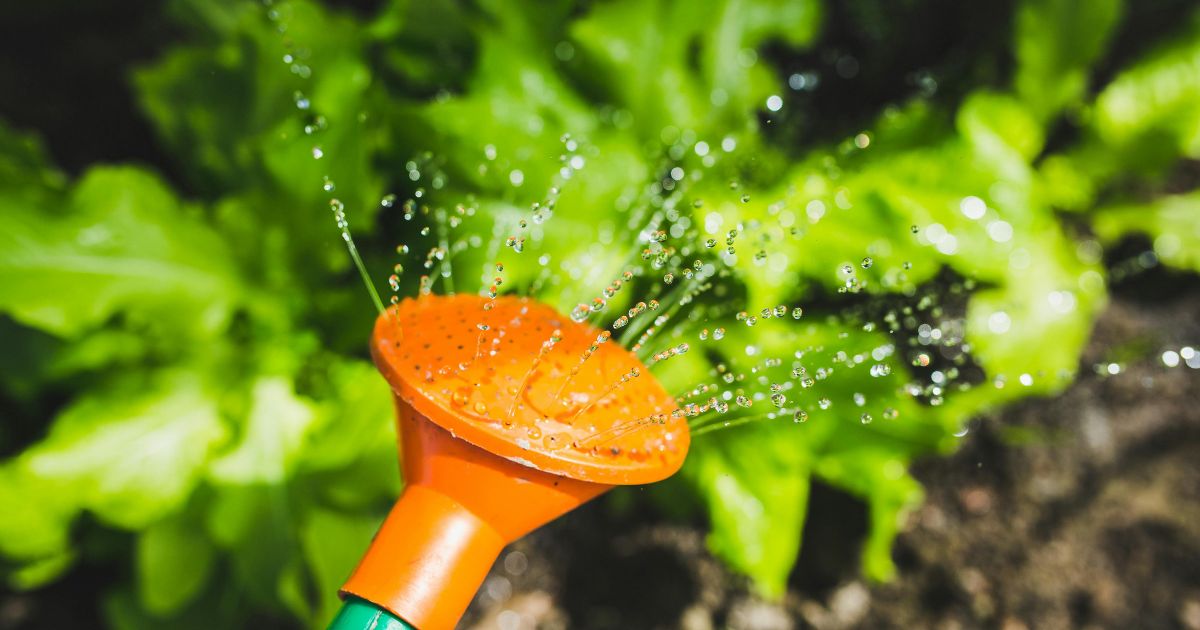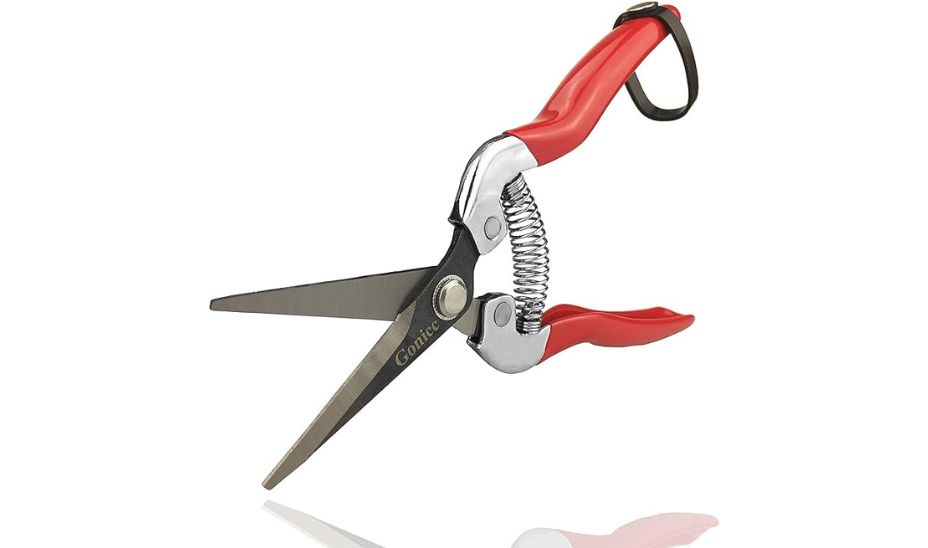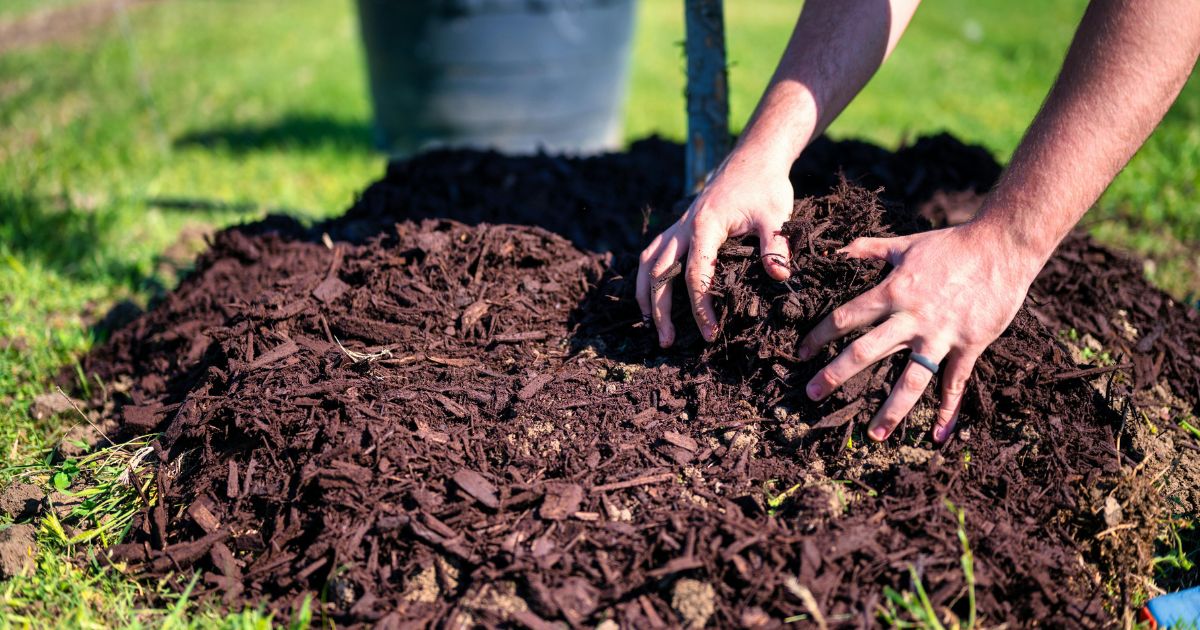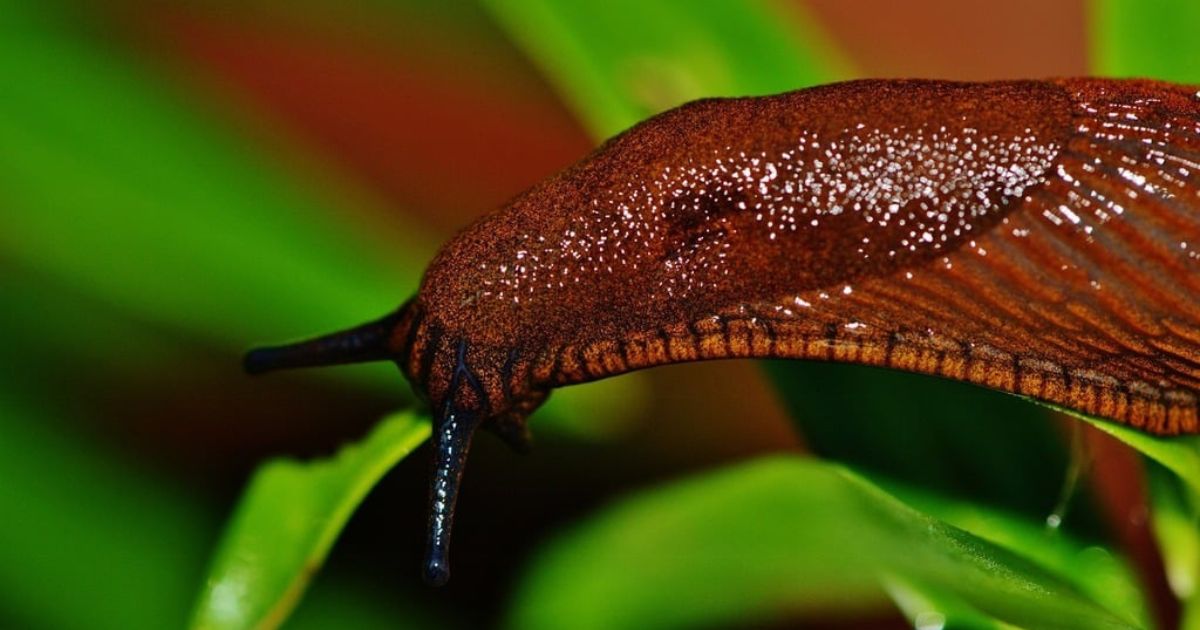
How Often Should You Water Your Plants? Expert Tips Inside
Watering your plants correctly is essential for their health and longevity. The frequency depends on various factors, such as plant type, environment, and season. This comprehensive guide will help you master the art of watering, whether you’re caring for succulents, tropical houseplants, or outdoor gardens.
Factors That Influence Watering Frequency
1. Plant Type
- Succulents and Cacti: Water every 2-3 weeks in summer and monthly in winter.
- Tropical Plants: Keep the soil consistently moist but not soggy; water once or twice a week.
- Flowering Plants: Require more water during blooming periods; check soil moisture every 2-3 days.
2. Soil Type
- Sandy Soil: Drains quickly, requiring more frequent watering.
- Clay Soil: Retains water longer; water less often but deeply.
- Loamy Soil: Balanced drainage and moisture retention, ideal for most plants.
3. Container Size and Type
- Small Pots: Dry out faster; water more frequently.
- Clay Pots: Absorb moisture, needing more water compared to plastic or ceramic pots.
4. Environmental Conditions
- Temperature: Higher temperatures increase water evaporation; water more in summer.
- Humidity: High humidity reduces water needs, while dry air increases them.
- Light Exposure: Plants in bright, direct sunlight dry out faster than those in shade.
5. Season
- Growing Season: Most plants need more water in spring and summer.
- Dormant Season: Reduce watering in fall and winter as growth slows.
How to Tell if Your Plant Needs Water
- Check the Soil: Insert your finger 1-2 inches into the soil. If it feels dry, it’s time to water.
- Wilting Leaves: Can indicate underwatering or overwatering; assess soil moisture before acting.
- Leaf Color: Yellow leaves often signal overwatering, while brown, crispy edges suggest underwatering.
- Weight Test: Lift the pot—lightweight pots usually mean the soil is dry.
Best Practices for Watering
1. Water Thoroughly
Ensure water reaches the root zone. For potted plants, water until it drains from the bottom.
2. Use Room-Temperature Water
Cold water can shock the roots, especially for tropical plants.
3. Time of Day
- Morning: Best for outdoor plants to minimize evaporation and fungal diseases.
- Evening: Acceptable if mornings aren’t feasible, but ensure leaves dry overnight.
4. Avoid Overwatering
Signs include yellowing leaves, mushy roots, and fungus gnats. Let soil dry out between waterings for most plants.
Special Tips for Specific Plants
1. Succulents and Cacti
- Use well-draining soil.
- Avoid letting water sit in rosettes or on leaves to prevent rot.
2. Orchids
- Water every 7-10 days.
- Avoid soaking roots in standing water; ensure proper drainage.
3. Herbs
- Water herbs like basil and cilantro regularly, ensuring soil stays moist but not waterlogged.
- Reduce watering for woody herbs like rosemary and thyme.
4. Vegetable Gardens
- Most vegetables need 1-2 inches of water per week, including rainfall.
- Use mulch to retain soil moisture.
Common Watering Mistakes
- Using Tap Water: High levels of chlorine and fluoride can harm sensitive plants. Use filtered or distilled water.
- Watering on a Schedule: Always check soil moisture instead of relying on a fixed routine.
- Neglecting Drainage: Ensure pots have drainage holes to prevent root rot.
By understanding your plants’ unique needs and the factors that affect water usage, you can create a tailored watering routine that ensures your plants thrive. A little observation goes a long way in becoming a confident and successful plant caregiver!
Watering FAQs
1. How do I know if I’m overwatering my plants?
Look for yellowing leaves, a sour smell from the soil, or soft, mushy roots.
2. Is misting a good alternative to watering?
Misting can increase humidity but is not a substitute for proper watering.
3. Can I save an overwatered plant?
Yes. Remove it from waterlogged soil, trim rotting roots, and repot in fresh soil.
Now that you’re equipped with expert tips, your plants are sure to flourish! 🌱



